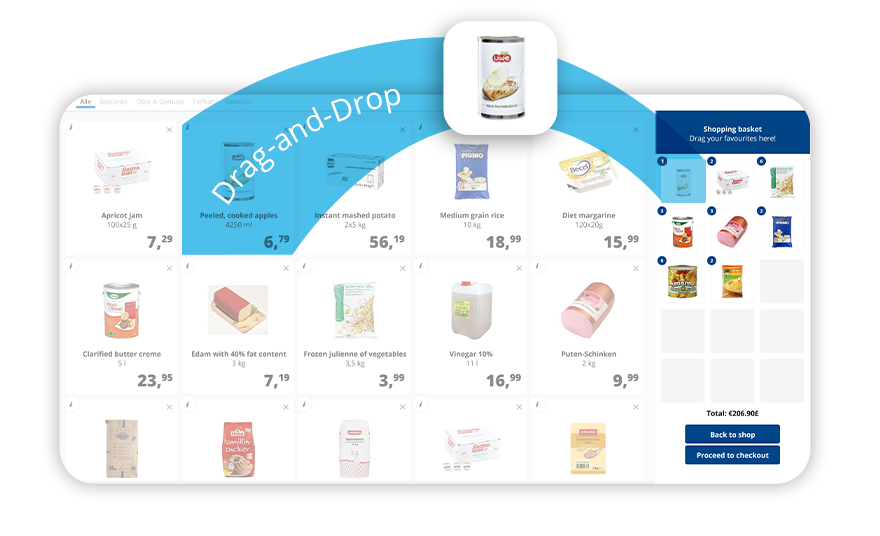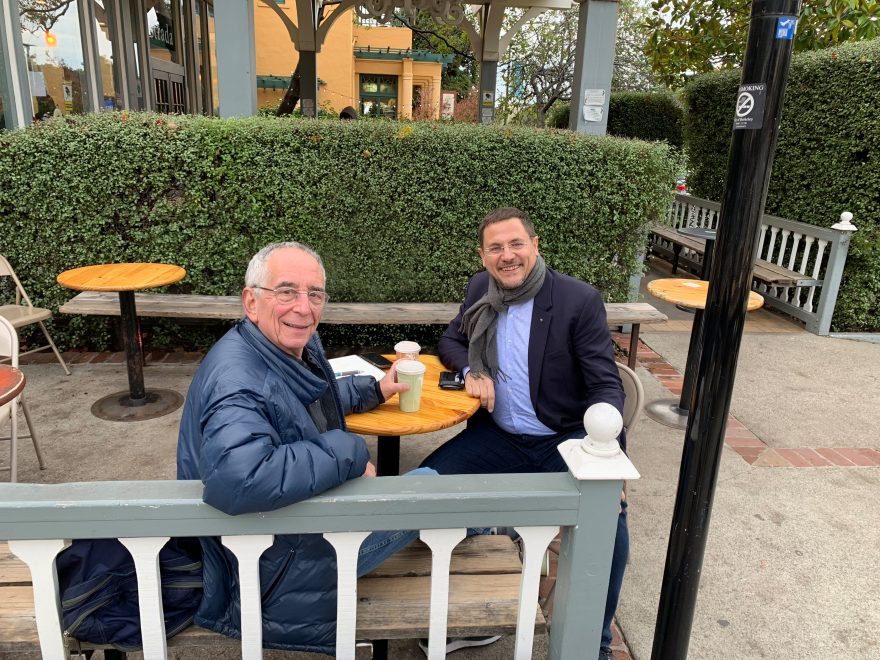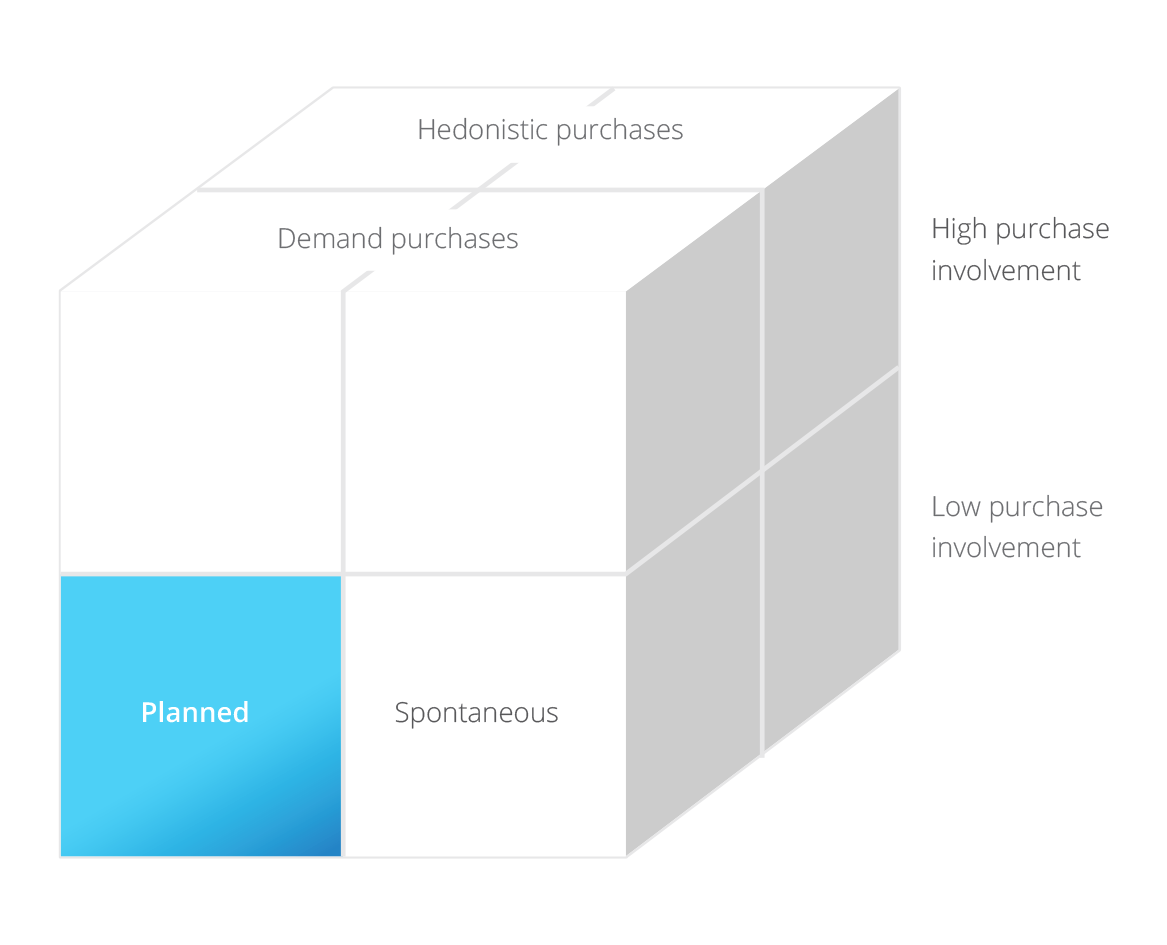Introducing the Predictive Basket, an AI-powered solution that can accurately anticipate customers’ needs – accelerating the online purchase process by up to 66% and increasing shopping cart sizes.
A revolution has been silently happening in the weather forecast industry. An article published in the journal of Science earlier this year let us in on the interesting fact that a modern 5-day forecast is as accurate as a 1-day forecast was in 1980.
The authors of ‘Advances in weather prediction’ also informed us that useful forecasts now reach 9 to 10 days into the future. Predictions have improved for a wide range of hazardous weather conditions, including hurricanes, blizzards, flash floods, hail, and tornadoes, with skill emerging in predictions of seasonal conditions.
This is great news, as better predictions contribute to a wide range of social benefits, from extreme weather warnings to agricultural planning, and environmental forecasting, from forest-fire smoke to bird migrations.
Accurate predictions are not limited to meteorology, however. In e-commerce, there are now the first technologies that can predict, with increasing precision, what customers want to buy. But unlike the weather forecast industry, this e-commerce revolution will be anything but quiet.
2 more products per cart
Kastner, a food wholesaler based in Austria, has an annual turnover of nearly €250 million. Its customers include restauranteurs, retailers and organic specialists. Customers can shop via the traditional brick-and-mortar or through the Kastner online shop.
As more B2B buyers prefer ordering via the digital channel, the performance of their online store has become increasingly important for the group’s strategic orientation. B2B retailers are ordering from Kastner two to three times a week.
What sets Kastner apart from other online shops is that their online store automatically reminds customers of forgotten products using FACT-Finder’s Predictive Basket.
“In the first couple of weeks of use, we sold about 1.3 more products thanks to the Predictive Basket.
Since then, customers buy on average 2 or more products based on this AI.”
Kastner’s strong focus on making digital shopping and ordering as easy as possible, and their implementation of technology solutions have paid off. The results of their efforts are:
- Larger shopping carts per customer
- Freeing up resources by relieving your customer service team
- Higher customer loyalty and satisfaction
Lean how it works
Watch this short video to see the Predictive Basket in action.
Predictive Basket is the result of 30 years of Machine Learning research
The idea and implementation of the Predictive Basket originated in Germany by Carsten Kraus, the founder and CEO of FACT-Finder. Kraus has been researching and developing AI and Machine Learning for more than 30 years. His active involvement has led him to hold several patents in these areas; in the last three years alone, he has registered at least one patent per year.
He explains how the idea of developing the Predictive Basket came about. He says, “Today’s online store systems are designed to support the purchase decision. But in industries such as food, customers usually know exactly what they need. As a result, actual shopping at the supermarket – including travel time to the supermarket – is now often even faster than online.”
“When I grab milk, butter and toilet paper from the shelf, I am more practiced than by searching and selecting on the screen,” Kraus continues. “The Predictive Basket simplifies online purchasing by predicting exactly what a customer wants to buy today. This can be by mail, on the homepage or as with Kastner, during checkout. The customer can then simply click together his shopping cart from a product list.”
“Already, the accuracy of the suggestions is 75%, which speeds up shopping by about two thirds – a true game changer for shopping in online supermarkets,” says Kraus.
 Front-end example of the Predictive Basket and it’s easy to use drag-and-drop tool that maximizes reordering.
Front-end example of the Predictive Basket and it’s easy to use drag-and-drop tool that maximizes reordering.Consumer psychology and AI are at the core
According to Kraus, consumers embrace the Predictive Basket not only due to the convenience, but also because of the paradox of choice. This psychological phenomenon was discovered by American psychologist Barry Schwartz. He says that having so many choices between different products does not result in added value for customers. In fact, too many options reduce the ability to make a decision due to fear of making the wrong one.

Carsten Kraus (right) and professor Barry Schwartz on the campus of the University of Berkeley.Schwartz states that it tends to make people unhappier when they are faced with five or more different alternatives and eliminating choices can significantly reduce shoppers’ fear of making the wrong decision. This psychology theory goes back to a 2000 study conducted by Sheena Iyengar, professor of business at Columbia, and Mark Lepper, professor of psychology at Stanford. The central aim was to examine whether the number of options displayed affected consumers’ initial attraction to or subsequent purchase of the displayed product.
The study used jams at a tasting booth in an upscale grocery store where shoppers encountered one of two displays:
- An extensive-selection of 24 different jams
- A limited-selection of 6 different jams
The research found that 64% of customers who passed the extensive-selection display actually stopped at the booth. In the limited-selection display, only 40% stopped. Meaning, consumers were more attracted to the extensive display.
But, while there was an initial attractiveness to extensive choice, it did not reflect in the purchase behavior. Of the shoppers who stopped at the extensive display, only 3% made a purchase while 30% of shopper at the limited display purchased a jar of jam.
Thus, Iyengar and Lepper discovered that consumers initially exposed to limited choices proved considerably more likely to purchase the product than consumers who had initially encountered a much larger set of options.
These findings were incorporated into the concept and development of the Predictive Basket, as well as a typology from consumer psychology invented by Hans Baumgartner, professor of marketing at Pennsylvania State University.
Baumgartner classifies purchase behaviors into eight distinct types in three dimensions that can are modeled as cubes.
 The Purchase Cube according to professor Baumgartner. The Predictive Basket assists in industries where products need to be quickly and easily purchased.
The Purchase Cube according to professor Baumgartner. The Predictive Basket assists in industries where products need to be quickly and easily purchased.Supermarket purchases are planned, have a low involvement and are considered to be on-demand purchases. In other words, customers do not actually want to shop in supermarkets, they just want to have the products.
High potential for online groceries, pharmacies and B2B platforms
According to Carsten Kraus, the Predictive Basket can help everywhere by proactively showing customers the most relevant products without having to search for them. He is convinced that the way of shopping will be fundamentally changed. He says, “especially in industries where customers order the same products over and over again, AI will soon revolutionize online shopping.”
